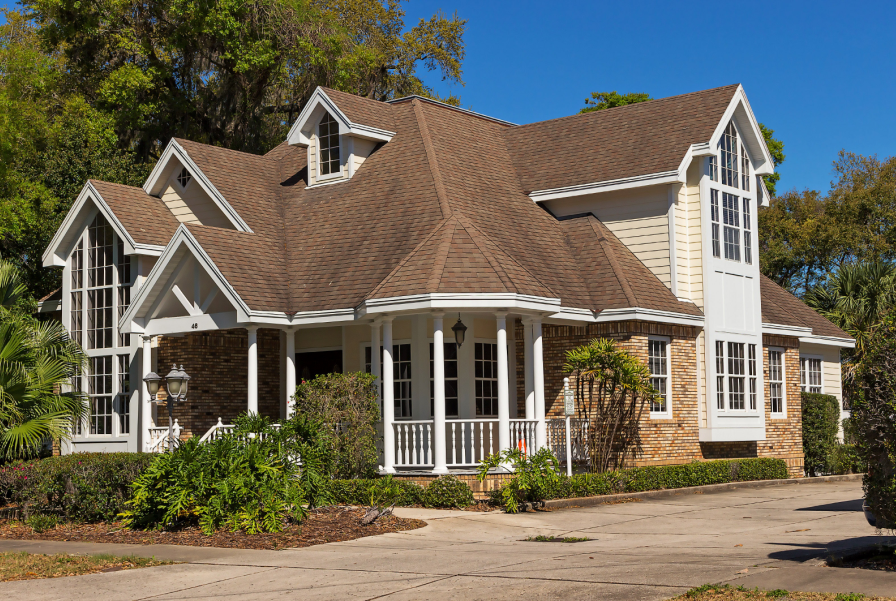
Your home is supposed to be your personal safe sanctuary, but it’s far from it. There are various things in your home that could cause harm to you or your family. Taking care of them is essential if you want to minimize the risk of injury or disease in your home.
Here are a few crucial steps you should take to keep your home safe and healthy.
Regulate water temperature
There are many ways to accidentally come into contact with high temperatures in your home, and some of them are more surprising than others. You might not think much of your tap water, but it can get pretty hot, depending on how you set your boiler.
Many are set to temperatures around sixty degrees Celsius, which is more than enough to burn the skin of an overly-curious toddler. You might not crank the heat up and touch the water, but they could, by accident.
Keep the temperature slightly below fifty degrees and you should be set. A thermostatic water valve might come in handy as well. Telling kids not to play with the hottest water setting is also recommended.
Guard your windows
Statistically speaking, windows are some of the most dangerous parts of your home - significant amount of children and adults end up falling from great heights by accident or due to negligent behaviour. The injuries caused depend on the height of the window, but major injuries can occur even from minor falls.
Keep guardrails on your windows if you have small children. Make sure your windows aren’t set too low or happen to be very convenient to sit on. It’s going to help prevent accidental falls from dangerous heights.
Test for Radon
Radon is a very interesting and unique element. It's also quite dangerous for our health while being surprisingly prevalent in homes. Around seven percent of homes and apartments contain a high amount of Radon, yet most people aren't aware of its dangers.
High exposure to Radon can increase the risk of lung cancer, even for non-smokers. The good news is that Radon levels can be tested for with few costs. Removing Radon takes a small bit of effort, but it’s very effectively done by certified contractors. Before you purchase a home, make sure you check if it’s been Radon tested, just in case.
Get rid of pests
Pest control is a very important part of home safety. Pests aren't just harmful to your food stores and furniture, they're also actively harmful to your health. Pests like mice and cockroaches carry some pretty nasty diseases, which is why they should be removed from your home.
Insects such as termites pose specific risks as well. Their secretions can cause allergic reactions in both adults and children, which can trigger asthma attacks. Not to mention, they degrade important parts of your home’s integrity, which could eventually lead to significant damage and injury.
Every home should have a thorough termite inspection every year or so, to prevent them from multiplying and causing damage. Once they’re found, eliminating them is not too difficult of a job.
Prepare for fires
No matter how careful you are, there’s always a risk of a fire starting in your home. Electrical equipment can short, or the stove could be left on by accident. Either way, some parts of your home could catch fire, and you need to be able to swiftly react.
Having smoke alarms around your house helps detect fires before they get out of control. They will detect even the tiniest amount of smoke, giving you ample time to extinguish any small blaze right from the start.
Conclusion
It’s crucial that your home is a safe and healthy environment for your family. Every home has dangerous elements and health risks that need to be taken care of on a regular basis. This is why you have to monitor issues and resolve them as soon as possible.
Written by Patrick Adams
About the Author
Patrick Adams is a freelance writer and rock-blues fan. When he is not writing about home improvement, he loves to play chess, watch basketball, and play his guitar. More than anything, he loves to spend his time in his garage, repairing appliances and creating stuff from wood.
You may also like
Bathroom Sanctuary: How to Create Your Own Spa at Home
8 Ways to Improve Air Quality in Your Home
How to Keep Your Home Clean With Less Effort
